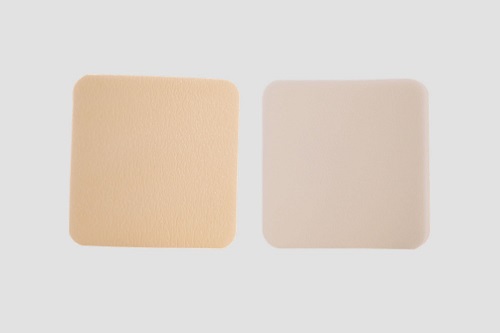In recent years, the field of wound care has seen significant advancements, with advanced dressings designed to create an optimal healing environment, reduce the risk of infection, and enhance patient comfort. Among these innovative products, Foam Wound Dressing stands out as a versatile and effective solution suitable for various types of wounds. Due to their exceptional absorbency, cushioning properties, and adaptability to different wound types, these dressings are widely used in hospitals, clinics, and home care facilities.
What is a Foam Wound Dressing?
A Foam Wound Dressing is a soft, highly absorbent dressing made from polyurethane or silicone foam. It is designed to absorb exudate (wound fluid) while maintaining a moist healing environment—a key factor in promoting faster and better wound healing. Foam dressings typically include a semi-permeable backing layer that is waterproof yet allows vapor exchange, keeping the wound moist while preventing bacterial contamination.
Some foam dressings have adhesive edges, while others are non-adhesive and require secondary fixation. Modern foam dressings can also be combined with antimicrobial agents (such as silver or iodine) to prevent infection.
Key Features and Benefits
- Excellent absorbency: Foam dressings can absorb moderate to heavy exudate, making them ideal for wounds such as pressure ulcers or surgical incisions.
- Moist wound healing environment: A moist environment accelerates new tissue growth, reduces scar formation, and prevents wound bed dehydration.
- Cushioning and protection: The soft foam structure provides a protective barrier, reducing damage caused by external forces and friction.
- Pain and trauma reduction: Non-adhesive foam dressings do not adhere to the wound bed, minimizing pain during dressing changes.
- Extended wear time: Due to its high absorbency, foam dressings can typically be left in place for 3–7 days, depending on the wound's exudate level, thereby reducing the need for frequent dressing changes.
- Flexible and comfortable: Foam dressings are available in various shapes and sizes to perfectly conform to body contours, including hard-to-reach areas such as the heel, elbow, or sacrum.
Types of Foam Wound Dressings
- Standard polyurethane foam dressings: These are basic foam dressings used for moderately exuding wounds.
- Silicone foam dressings: The silicone contact layer enhances patient comfort and reduces skin damage during removal, making them an ideal choice for fragile skin.
- Adhesive and non-adhesive foam dressings: Adhesive dressings are easier to apply and secure, while non-adhesive dressings are better suited for wounds with fragile surrounding skin.
- Antimicrobial foam dressings: Infused with silver or iodine, these are beneficial for infected wounds or wounds at high risk of infection.
- Contour foam dressings: Specifically designed for body contours such as the heel, sacrum, or elbow, providing targeted protection.
When to use Foam Wound Dressings?
Foam dressings are versatile and suitable for various wound types, including:
- Pressure ulcers (bedsores)
- Diabetic foot ulcers
- Leg venous or arterial ulcers
- Surgical wounds and post-operative incisions
- Burns (partial-thickness)
- Traumatic wounds (lacerations, abrasions)
- Skin graft donor sites (skin grafting)
Foam dressings are not suitable for dry wounds or wounds with minimal exudate, as they may cause tissue dehydration.
How to Use Foam Wound Dressing
- Clean the wound: Use sterile saline solution or wound cleanser to remove debris and bacteria from the wound.
- Assess the size and shape of the wound: Select a dressing that is at least 2-3 cm larger than the wound edges.
- Apply the dressing: Place the foam side directly on the wound. If using a non-adhesive dressing, secure it with gauze, tape, or a bandage.
- Monitor and change as needed: Replace the dressing when it becomes saturated with moisture or as directed by a healthcare professional, typically every 3-5 days.
Advantages over traditional dressings
Compared to traditional gauze or cotton dressings, Foam Wound Dressing has moisturizing properties that reduce the risk of infection and extend dressing wear time, thereby accelerating wound healing. Removal of the dressing also causes less pain, improving patient compliance.
Future trends in foam dressing technology
As wound healing research continues to advance, foam dressings are becoming increasingly sophisticated. Innovations include dressings incorporating antimicrobial agents using nanotechnology, smart dressings equipped with sensors to monitor healing progress, and hybrid dressings combining foam with hydrocolloid or alginate layers to enhance performance.
Foam wound dressings represent a significant advancement in wound management, offering protective, comfortable, and efficient healing properties. Whether used for chronic wounds, post-surgical care, or acute injuries, foam dressings provide reliable solutions aligned with modern medical practices. Understanding the types, applications, and advantages of foam dressings helps healthcare professionals and caregivers select the optimal solution for each wound, ultimately improving healing outcomes and patient quality of life.

